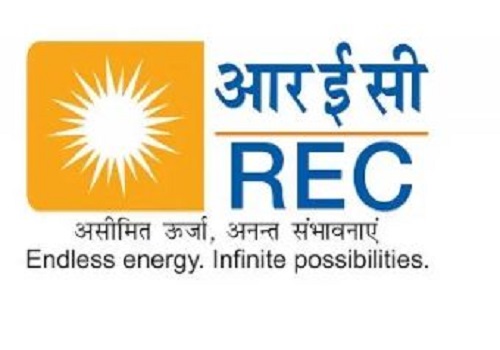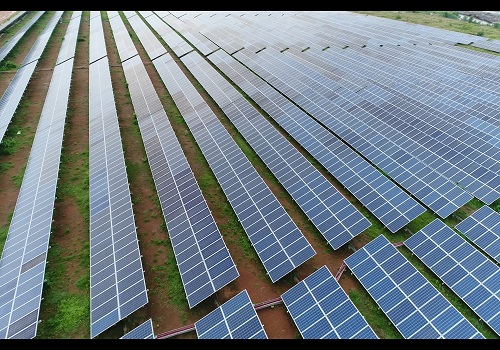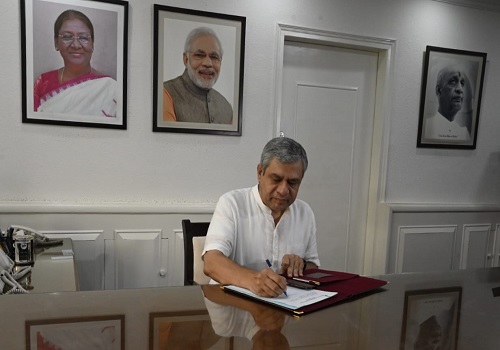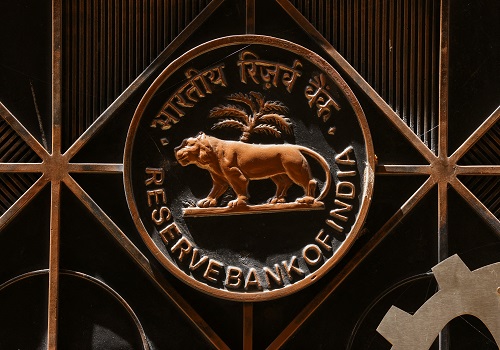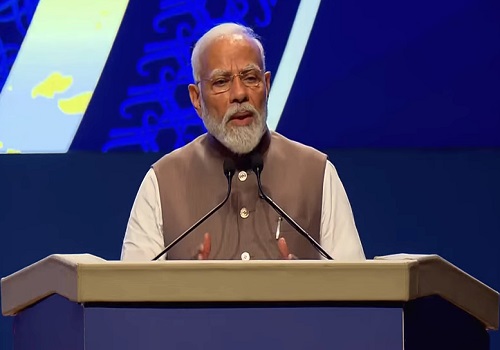India : Manifesting its mojo By Elara Capital

India: Manifesting its mojo
Global economy – rate cuts to offset growth pessimism in 2024
* Growth outlook: We see the US economy slowing materially, yet skirting recession in 2024 and Europe and the UK facing stagnation. China is expected to slow further in 2024, adding challenges to overall Asia ex-India. India is expected to remain a positive outlier.
* Inflation outlook: We expect inflation to come down incrementally globally, but core inflation downtrend is likely to be stickier than headline. Bias for oil prices continues to be on the lower side. Food prices are a key risk.
* Central banks’ outlook: We see 2024 as the year of rate cuts across the global economy, with developed markets (DMs) cutting at a faster clip than emerging markets (EMs) to traction growth. We price in a 100bps cut by the Fed, 75bps by the RBI, and 125-150bps by ECB and BoE. BoJ is likely to go other way – we see BoJ abandoning Yield Curve Control and lifting policy rates in 2024.
* India: We project FY25E growth at 6.9-7%, inflation at average 4.5%, policy rate 5.75% by March 2025E, USD-INR 81 and 10-year yield 6.8-7.15%. Domestic private consumption and trade risks are likely risks to FY25 growth.
* The mega theme: India is manifesting an increase in indigenous manufacturing, improved resilience to crude oil prices, and rise in total factor productivity amid sustained enhancement in capital formation.
India – Ready for a steady take-off
* We project FY24E growth at 7.3% and FY25E at 6.9-7%. We see government continuing its capex push, at least though FY25
* Rising domestic value addition in new-age sectors, reducing vulnerability to oil price shocks and improving factor productivity amid capex push are likely to be key triggers for India’s long-term growth trajectory.
* FY24E inflation is projected at 5.4% and FY25E at 4.5%. Slowing core inflation and lower crude prices are key positives.
* Fiscal deficit projected for FY24E at 5.9% and 5.4% of GDP in FY25E. If the government does not relax its fiscal glide path, we see government capex spending remaining flat between FY25E and FY26E.
* India’s external sector is gaining resilience. We see current account deficit at 1.5% and 1.4% of GDP in FY24E and FY25E, respectively.
* Incremental flows, easing policy rates and normalisation in US rates may push India 10y yields lower to trade in 6.8-7.15% range in FY25E. We see USD-INR at 82.8 by end-FY24E and 81 by end-FY25E.
* We see first rate cut by the RBI in Q2FY25.
* Weak domestic private consumption and trade risks are the potential risks to growth in FY25.
What can go wrong? Risk to our calls for 2024
* Longer-than-expected wait for first cut by the Fed and other DM banks (ex-Japan).
* Flaring up of geopolitical tensions in the Middle East as a fall-out of Israel-Hamas conflict.
* China-led over production in Industrials threatening nascent uptick in domestic manufacturing in India.
* Elongated Red Sea /Panama Canal risks inject permanent upside to 2024 inflation projections.
* Return of GOP in the US likely leading to potential withdrawal of US troops from Ukraine, abandoning US-Israel relationship, pulling back spending and jeopardizing meeting climate goals.
* Capex allocation by the Indian government begins moderating even as private capex cycle slows down.
* Slowdown in consumption and growth amid tightening rules for unsecured credit.
Above views are of the author and not of the website kindly read disclaimer
